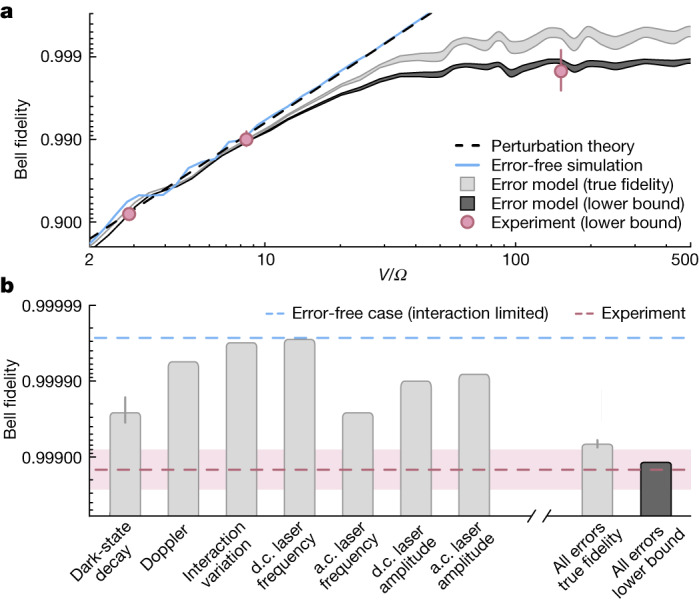Fig. 2. Predicting infidelities at the 10−3 level.

a, SPAM-corrected Bell state fidelity as a function of the ratio of interaction energy and Rabi frequency, V/Ω. Error-free simulations (blue line) show that fidelities continually increase with increasing V/Ω, in agreement with results from perturbation theory (dashed line). For large enough interaction strength (V/Ω > 50), other error sources become dominant, and we use a noisy open system dynamics simulation from which we obtain an estimate of the true fidelity (light grey fill) and for the lower-bounding procedure used in the experiment (dark grey fill). We find good agreement between simulation and experimental results with erasure excision (pink markers). b, Predicted Bell state fidelity for V/Ω = 140 from simulations turning on a single noise term at a time. Dominant limitations come from laser frequency and intensity noise, as well as decay of the Rydberg state into dark states. We also show the results when taking into account all errors (Methods), for both the true fidelity and the lower-bound estimation (right). The lower bound significantly underestimates the true fidelity. The shaded areas in a and the error bars in b represent the standard deviation of the mean over 5,000 trajectories. Error bars on the experimental results represent the standard error of the mean.
